[Rachel sits down with artist Mia Rosenthal, who recently wrapped her second solo show and has big plans for her just-awarded career development grant. — the Artblog editors]
What would I do if I could do anything?
What is it that I really want to do?
That is what Mia Rosenthal has been asking herself since applying for a 2014 Leonore Annenberg Fellowship. As fellowship winners were announced this week, Rosenthal became one of seven recipients of a $50,000 career development grant awarded by the Leonore Annenberg Fellowship Funds. The award comes at the end of her second solo show, a little bit every day, at Gallery Joe–a beautiful exhibition of drawings centered around the evolution of human history.
An incredible opportunity
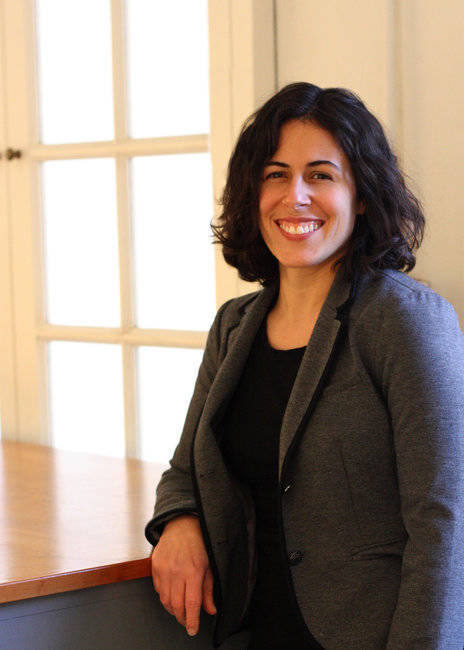
The grants are awarded to emerging artists who have shown enormous promise, but still face financial realities such as studio costs, supplies, or student loans. Rosenthal was nominated by the Pennsylvania Academy of Fine Arts (PAFA), where she received her MFA in 2008; the application process was a team effort. In an interview at her home, Rosenthal emphasized the guidance received from peers and mentors, which included regular meetings with Clint Jukkala, the Chair of Graduate Programs at PAFA, and discussions with David Brigham, Robert Cozzollino, and Harry Philbrick–who will be her mentor throughout the duration of the grant year.
“One of the first questions Clint asked me,” Rosenthal recalled, “was what I thought I would use the grant funding for. I didn’t have ideas off the top of my head. The amazing thing about the grant was that it gave me time to think about what I really wanted to do.”
Indeed, it is time, she has realized, that she is most eager for.
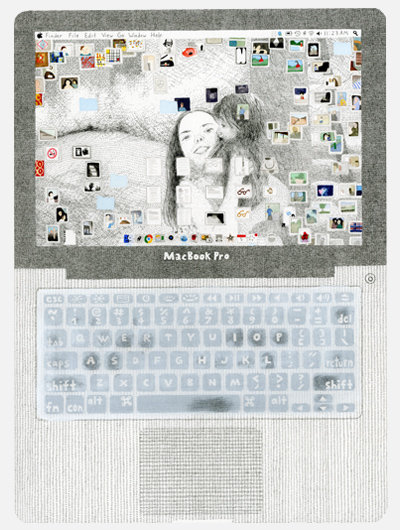
The artist’s plans
Mia Rosenthal moved to Philadelphia in 2006 after spending nearly 10 years in New York. A works-on-paper artist, she sees her work along the same trajectory as cave painting–continuing the tradition of observational, descriptive drawing that can also be evidenced in genres such as botanical illustration and cartography. She creates by looking and latching onto whatever catches her interest–be it her son’s iPad, Eadweard Muybridge’s photography, the Hubble Telescope, or Google Images. What grounds her interests is the craft itself–making things by hand, working on paper, drawing.
Represented by Gallery Joe, Rosenthal’s first goal with the funds is to travel to art fairs and meet curators and collectors. Unable to fly to Paris, Miami and Houston to attend fairs in the past, she is now excited to represent her work in person. This is also where her mentor comes in. “As an artist, it is often difficult to know which curator to speak to,” Rosenthal explains. “What is the best way to reach out–the best strategy? Having help making yourself more visible is so important.”
And though she intends to reach new audiences nationally and internationally, she is also committed to the Philadelphia art community. “I’m definitely a Philly artist,” Rosenthal says, “I love the community here. But if I want to be more visible, now is the time. With the fellowship, I feel like I need to rise to the occasion of the honor, which also means going out.”
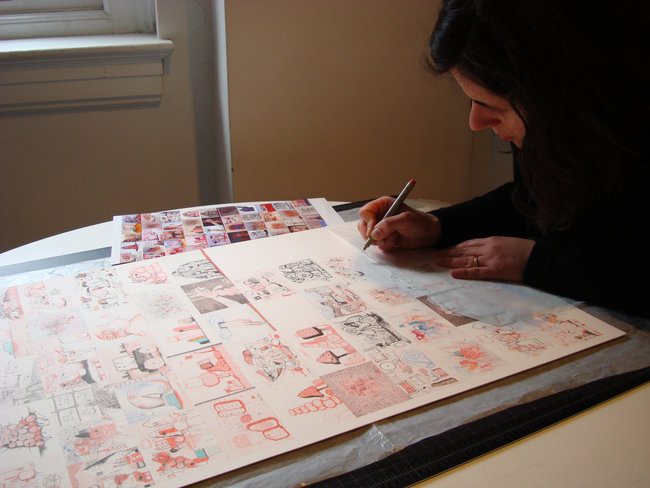
Part of getting out involves a personal trip to visit the Large Hadron Collider in Geneva (the world’s largest and most powerful particle collider). As an artist, Rosenthal is fascinated by evolution and technology and, as she says, currently obsessed with the Collider and its recreated visualizations of the Big Bang Theory. “It never would have occurred to me to go to Geneva–but it was through the process of asking, ‘If I could do anything, what would I do?’” Rosenthal says. “That mindset is so important.”
While she doesn’t know yet what ideas the trip will ignite, she anticipates the experience being a big inspiration. “So much of my work is virtual, so this is about me going to these primary sources and seeing how they might influence, or not influence,” she says. She also plans to study papermaking, recognizing the opportunity to study the material on which she works.
These opportunities go back to the core of the grant’s enablement: time. “As a works-on-paper artist, supplies–relatively speaking–aren’t that expensive, but the work I make is incredibly time-consuming,” Rosenthal explains. “Being able to put extra time into my studio practice and to be able to develop more work is incredibly helpful. The grant also helps to create time for myself, which is really important.”
Space to create
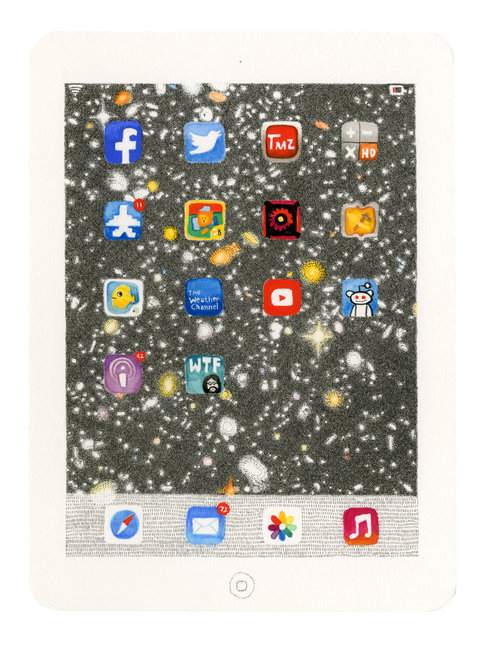
It is precisely this space for examination that is so enabling, and it has already proved successful. Pointing to the cover of her catalogue for a little bit every day, in which the background of an iPad shows an image of stars and galaxies, Rosenthal turns and asks, “Do you know about the Ultra Deep Field?” After I admit I do not, she explains, “Scientists thought, ‘I wonder what would happen if we point the Hubble at a dark patch of sky and take a really long exposure.’ Can you imagine? This is a really expensive piece of technology and they were going to point it at nothing for a few weeks! But they ended up with this image where you can see all these galaxies. It is so amazing.”
This sense of wonder and experimentation goes back to Rosenthal’s own creative practice, in which the process of discovery is central. Clint Jukkala elaborates: “Mia’s work is unique and exciting. Her exploration of information and imagery, from the microscopic to the cosmic, is dynamic and continually evolving. While sticking with the somewhat limited materials of pen and paper, she has been adventurous and relentless in developing her work and vision.”
Indeed, what is so striking about Rosenthal’s work is its inherent sense of adventure. Though her works may be delicate as objects, they are powerful conceptions that seamlessly link history with the contemporary. The results are captivating pieces that create a circularity between artist, world, and onlooker–somehow remaining highly personal, while still speaking to something far larger.
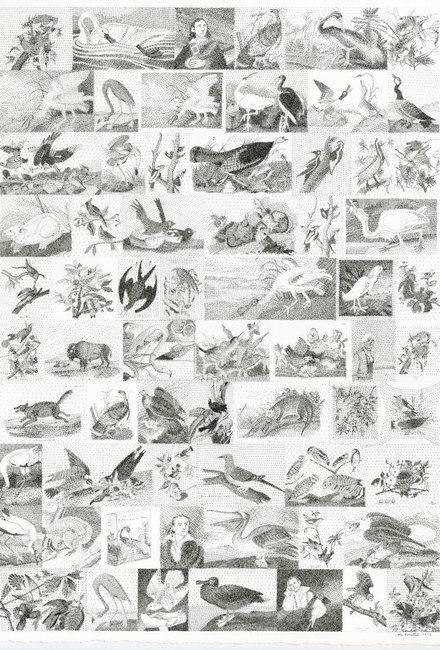
When I asked what she was planning to work on next, Rosenthal replied, “I’m thinking about doing a Google Portrait of Ansel Adams, but you know, he seems so cheesy, so not hip–not hip at all! But when you look at his landscape photography and see these darkest darks and lightest lights, and yet still these gorgeous mid tones that just pop, they are amazing! They’re gorgeous! But it’s like, ‘Ansel Adams…oh, give me a break!’”
With the perfect combination of humor, observation, and intrigue, Mia Rosenthal has a great year ahead of her. She’s had time to answer the question, “What would I do if I could do anything?” Now she is more than ready to explore, discover, and capture it all on paper.










